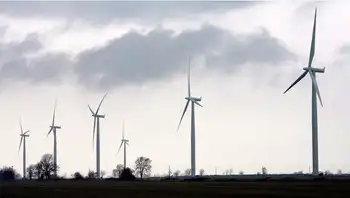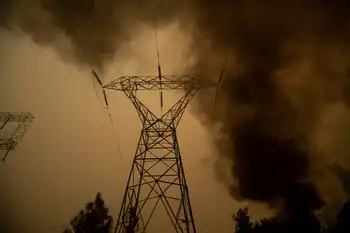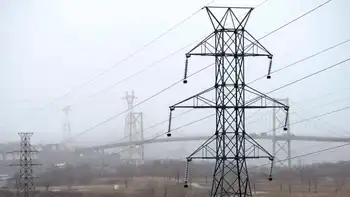OPG to Shut Ontario Lakeview Power Station in April
TORONTO, ONTARIO - Province-owned Ontario Power Generation will shut the 1,140-megawatt Lakeview coal-fired power station in Ontario as planned by April 30, Ontario officials said recently.
The shutdown of Lakeview required Hydro One, the province-owned transmission and distribution company, to upgrade the power transmission network around Toronto in order to maintain the grid's reliability by among other things developing a transformer station. The transformer station should enter service prior to the shutdown.
The Lakeview station is located on a 52-hectare site on the shores of Lake Ontario in the city of Mississauga about 15 miles southwest of Toronto. It has employed about 275 people.
OPG, which could not estimate the cost of the closing the plant or say what will happen to the site in the future, said it would open jobs for all of the Lakeview workers, many of whom have already moved on to other company locations.
In 2001, the Ontario Ministry of Environment decided to shut Lakeview in part to reduce its harmful impact on the air quality in the greater Toronto area.
Lakeview operates as a peaking plant used when customers' needs for electricity are highest, such as weekdays during winter and summer, after the grid operator has already called upon the cheaper hydroelectric, nuclear and other coal-fired units.
The Lakeview station entered service in 1962 with eight units. In the early 1990s, OPG's predecessor Ontario Hydro rehabilitated four of the units (1, 2, 5 and 6) to increase their efficiency and reliability. Ontario Hydro shut the other units.
Lakeview burns low-sulfur coal from the eastern United States shipped by rail and lake vessel to the station's dock. At full capacity, the four 285 MW units use up to 400 tonnes of coal, equivalent to about four rail cars every hour.
One megawatt powers about 1,000 homes, according to the North American average.
By the end of 2007, the provincial government wants OPG to shut all of its coal-fired plants in part to help meet carbon dioxide emission mitigation targets under the Kyoto Accord. Scientists have linked the increase in carbon dioxide in the atmosphere with global warming.
OPG's coal stations, which include Atikokan, Lakeview, Lambton, Nanticoke and Thunder Bay, generate about 25 percent, or 7,500 MW, of the electricity generated in Ontario.
To replace some of the coal-fired generation, OPG expects to complete its C$900 million refurbishment of a 515 MW reactor at the Pickering A nuclear station by Sept. 2005.
The province is also considering restarting two other 515 MW reactors at Pickering A, while Bruce Power, an Ontario-based independent generating company, is considering the return to service of two 825 MW reactors at its Bruce A station.
The government idled the Pickering A and Bruce A reactors in the late 1990s when they were operated by Ontario Hydro because they required costly safety and engineering upgrades.
Related News

Cancelling Ontario's wind project could cost over $100M, company warns
TORONTO - Cancelling an eastern Ontario green energy project that has been under development for nearly a decade could cost more than $100 million, the president of the company said Wednesday, warning that the dispute could be headed to the courts.
Ontario's governing Progressive Conservatives said this week that one of their first priorities during the legislature's summer sitting would be to cancel the contract for the White Pines Project in Prince Edward County.
Ian MacRae, president of WPD Canada, the company behind the project, said he was stunned by the news given that the project is weeks away from completion.
"What our…




